An early December drive to MOMO restaurant at the old Navy Yard in North Charleston got my photography and research juices flowing.
So we went back a few days ago to explore some more and for me to do photography for this blog post and social media possibly.
The shipyard and U.S. Navy base (now officially called Navy Yard Charleston) date back to 1901. They played important roles in both world wars, the Korean and Vietnam wars as well. See this history link.
Peak employment surpassed 25,000 late in World War II. New vessel construction, around 200 in all, included destroyers, destroyer tenders and escorts, and landing ships. The base also repaired and retooled Navy ships (and subs). For a listing of all the ships built here see this.
I have lived here long enough to remember occasionally seeing Navy submarines streaming in and out of local waters near the old Cooper River Bridge.
But in the 1990s the Charleston Navy Base was among the eventual 122 military installations across the country that were shut down in the post-Cold War era.
Three decades later, much of the former base's 1,575 acres can be seen by car or foot- before you would have to go through a military checkpoint. Here are some of my images and impressions: the good, bad and ugly.
THE GOOD
The waterfront along the Cooper River has lots of maritime activity. Detyens Shipyard is a big player. The three photos seen above, right and below show some of the work going on at Detyens.
Today some 90 private, local, state and federal entities are reusing the former Charleston Naval Complex, according to this redevelopment site.
Detyens Shipyard is currently refurbishing a retired U.S. Navy frigate, the USS Robert G. Bradley (left). When completed, the ship will be turned over to the Kingdom of Bahrain.
This could explain why nearby there is this building, belonging, it would seem, to the Royal Bahrain Naval Force.
This undated City of North Charleston post provides some insight into the presence of these Middle Eastern sailors in North Charleston.
Also being worked on at Detyens Shipyard is the massive U.S. Navy crane ship SS Cornhusker State, named for Nebraska. This is an old vessel, first launched in 1968. Cornhusker State, 610 feet in length (that's two football fields) is a Naval Auxiliary or "Ready Reserve" vessel.
Charleston Rigging & Marine Hardware has a nice new-looking building near the waterfront.
The large Cooper River Boat Yard is also located on Navy Yard Charleston.
Charleston’s long U.S. Coast Guard presence is now on the former Navy Base, having relocated from downtown Charleston.
The Coast Guard is part of the so-called Charleston Federal Complex.
This includes “FLETC”- Federal Law Enforcement Training Centers that are part of U.S. Homeland Security. Border patrol officers are trained here along with men and women who will have law enforcement positions at other federal agencies.
I have long been curious about what is here. The complex also includes a large passport center building. Click here to learn what that is about.
For the general public, the City of North Charleston’s Large Riverfront Park is a fine amenity. The Noisette Creek Pedestrian Bridge (right) opened recently.
During our brisk weather walk across the 800-foot bridge, I spotted this Snowy Egret in the creek below. Note the Snowy's signature yellow "slippers."
We watched a tugboat, the Island Progress, ply the Cooper River with Interstate 526 in the background (its bridge over the Wando River).
It was too chilly to take a relaxing rest on these chairs, but what a view they offer!
Riverfront Park is very patriotic and pays homage with signs, displays and statues to the shipbuilding and U.S. Navy history that it has respectfully replaced.
The rich shipyard and U.S. Navy histories are depicted in these attractive and weather-resistant displays.
MOMO restaurant at Riverfront Park is really good. We have been maybe four times including on my birthday this past August. Cheers to MOMO for its good food, staff and views of the park and river.
We visited for lunch recently and sat outside for a pleasant experience.
Another scenic view from inside MOMO looking out the window.
The restaurant represents another cool thing about what’s going on here in that it is located in what was first built as a house for Navy officers and their families.
A number of the old officers' quarters have been refurbished. Some are now businesses while others have become homes.
Many of these “Panama” homes were built by the Works Progress Administration in the 1930s during the Great Depression.
The area now has its own Officers' Quarters Historic District that includes 28 of these distinctive white dwellings.
Signs tell the story of the Navy Yard Officers' Quarters. Tours of them occur a few times during the year.
The Eternal Father of the Sea chapel dates to 1944 as a non-denominational church for Navy families. Today it is owned by the City of North Charleston and is rented for weddings, concerts and other events.
Another architectural distinction on the old base are structures like the old Power House. Big plans are afoot for bringing new life and purpose to this 1909-built central power plant and other parts of the old Navy Yard. Check this Post and Courier article for the exciting details.
Older-looking buildings like the ones seen in the photo above contrast with more modern ones just down the street.
A futuristic-looking newer building here is the massive Clemson University's Dominion Energy Innovation Center.
The Clemson building is located near the laboratory and museum dedicated to decidedly old technology- the Confederate submarine H.L. Hunley that sank a Union blockade ship off the Charleston coast in February 1864.
Another item for my “Good” section is the West Yard Lofts, an apartment building that is kind of in the middle of nowhere and has an unusual look, in my opinion.
From the limited information available on its website West Yard lofts offer affordable rents. “These apartments have restrictions on income,” says the website. Call to see if you qualify, it adds.
THE BAD
Large parts of the vast property look like a ghost town. Abandoned, desolate and possibly dangerous and unsafe also come to mind in some places.
The long-ago medical district serving shipyard workers and U.S. Navy personnel and families today looks like the set of a horror movie.
Extensive “tagging” can be seen on walls outside and inside of the many buildings that made up the hospital complex.
The Royal Bahrain Navy facility is across the street and I guess sailors there couldn’t resist marking one of the anchors. Boys will be boys!
This sign reads “Voluntary Cleanup Project”? Don’t see evidence of anything being cleaned up around here!
As an aside, this post received a great response when I shared it on the Facebook site "Charleston History Before 1945." The analytics shown right indicate a surge of more than 1,000 pageviews of my blog.














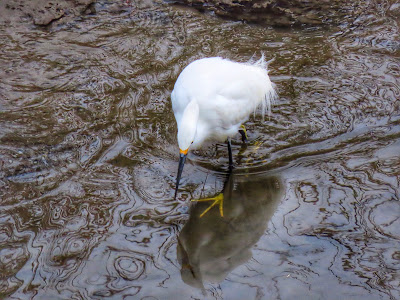


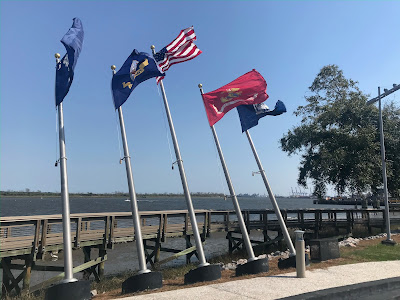













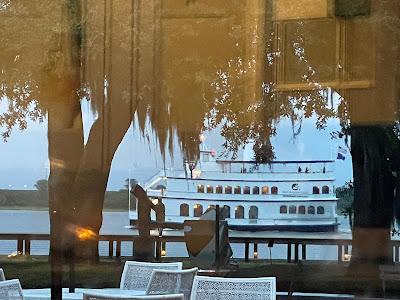
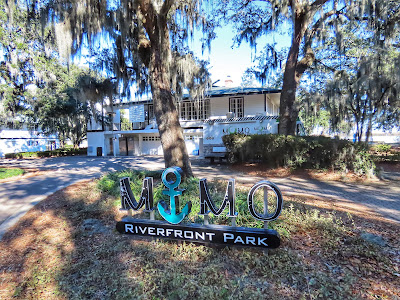
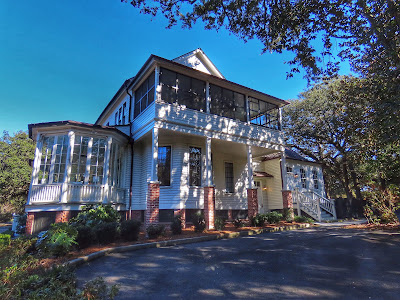
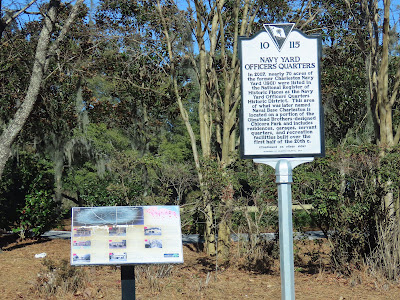











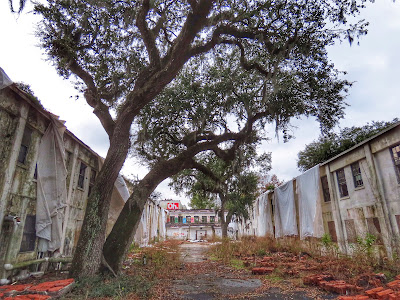











No comments:
Post a Comment